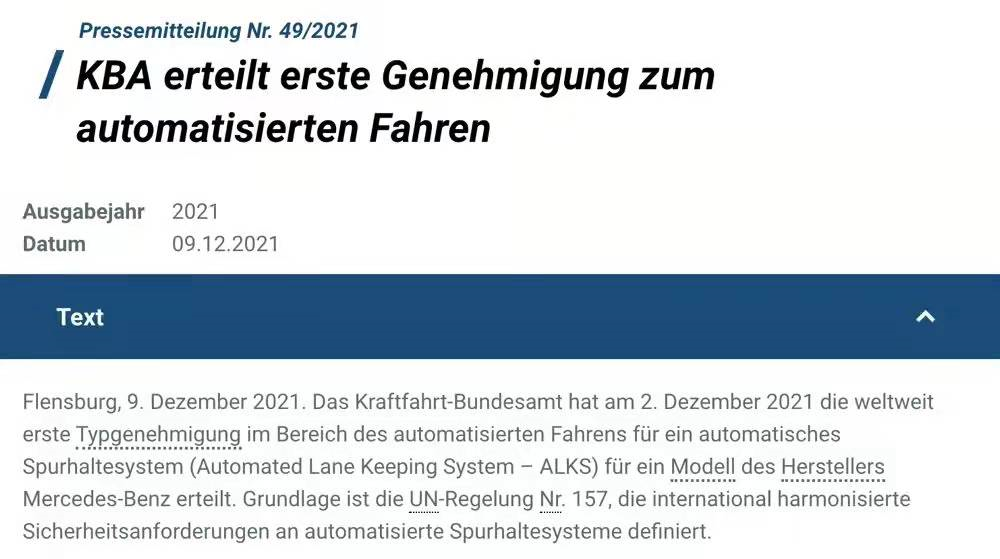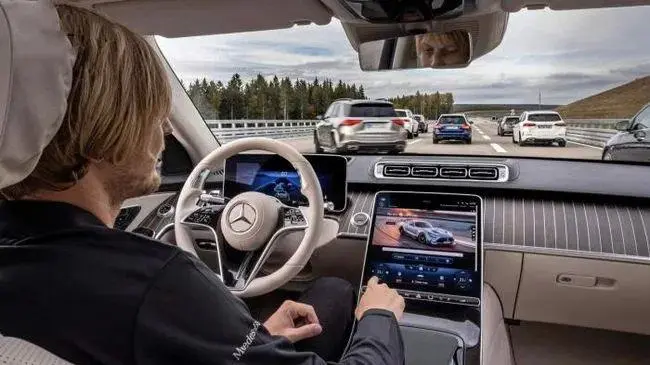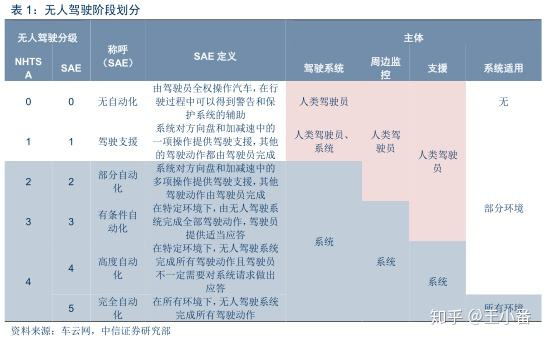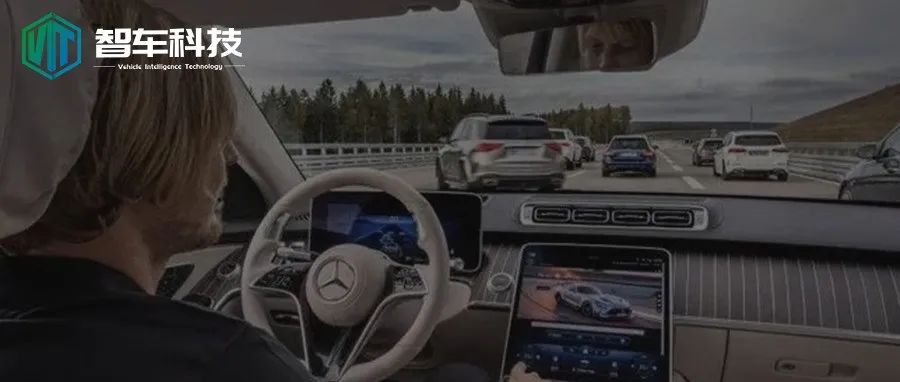Introduction
Recently, an important news that has shaken the automotive industry and the autonomous driving community has emerged: The German Federal Motor Transport Authority (KBA) has officially approved another domestic automotive brand — Mercedes-Benz, to deploy L3 level autonomous driving system on some models. This means that Mercedes-Benz L3 level autonomous driving vehicles are allowed to be on the road and can even be exported to overseas markets. This is another major breakthrough in the autonomous driving field after Honda’s limited production of the world’s first L3 autonomous driving car earlier this year. The “formal recognition” from the legal regulations plays a crucial role in the L3 and above autonomous driving technologies being put into operation. Therefore, once there are relevant regulations promulgated and a car manufacturer takes the lead, it will undoubtedly accelerate the establishment of relevant regulations worldwide.

However, at the same time, Mercedes-Benz’s L3 level autonomous driving Drive Pilot has extremely strict on-road conditions:
-
Limited to 13,000 km of German domestic highway network. Approval is required to unlock it in other countries.
-
This function can only be realized on Mercedes-Benz’s S series and EQS series.
-
Compared with General Motors’ Super Cruise (L2+), Mercedes-Benz’s operating range control is even stricter: Drive Pilot can only be started on high-speed roads that have been pre-drawn with high-precision maps, have geographical fences, and are enclosed.
-
And it can only run at a maximum speed of 37 miles (approximately 60 kilometers) per hour.
L3 Autonomous Driving Beyond Tesla?
When talking about autonomous driving, Tesla cannot be ignored. Autonomous driving has always been Tesla’s biggest selling point, and the pure visual autonomous driving system carried on the FSD module also makes Tesla’s technology in this field unprecedented. Although Tesla was very high-profile at the beginning, placing autonomous driving at the forefront of its advertising language, the level of autonomous driving it has achieved is still far from true driverless technology. After facing public questioning due to frequent autonomous driving accidents, Tesla defined its autonomous driving as L2.5 level, surpassing L2 but not reaching L3.
Even Tesla, as powerful as it is, dared not claim that its FSD is an L3 level autonomous driving system. So, does the Mercedes-Benz L3 level autonomous driving system approved by German regulations really have the ability to surpass Tesla and become the first to be on the road with L3?
 According to the official announcement from Mercedes-Benz, the company plans to equip its flagship sedans, the S-Class and EQS, with Level 3 autonomous driving systems, and consumers will be able to drive them on the road as early as the first half of next year. As we all know, the high cost of sensors is one of the major obstacles to the widespread adoption of autonomous driving. It is understandable that Mercedes-Benz has chosen to install such expensive systems on its flagship models only, such as the S-Class and EQS.
According to the official announcement from Mercedes-Benz, the company plans to equip its flagship sedans, the S-Class and EQS, with Level 3 autonomous driving systems, and consumers will be able to drive them on the road as early as the first half of next year. As we all know, the high cost of sensors is one of the major obstacles to the widespread adoption of autonomous driving. It is understandable that Mercedes-Benz has chosen to install such expensive systems on its flagship models only, such as the S-Class and EQS.
Mercedes-Benz’s Level 3 autonomous driving system is described as being able to fully take over all driving actions on German highways in case of traffic jams, traveling at speeds of up to 60km/h while the driver can engage in non-driving activities such as watching videos, entertainment, and office work. However, if the car prompts the driver to take over, they must do so within a specified time. Currently, the Drive Pilot system can recognize lane markings, traffic conditions, traffic signs, etc.
The S-Class and EQS models equipped with Mercedes-Benz’s Level 3 autonomous driving system will start delivery in the first half of next year. Before delivery, the system has already been tested on 13,191 kilometers of highways in Germany and is also being extensively tested in China and the United States. If the policies and regulations in other regions open up to allow Level 3 autonomous driving on the road, Mercedes-Benz will take advantage of the time and replicate its current autonomous driving algorithms and hardware on a large scale.
In fact, starting in June 2021, German automotive magazines and analysis agencies have been praising Mercedes-Benz’s electric sedan, the EQS series, as a “Tesla fighter”, including acceleration, battery performance, and range. Obviously, there are some subjective and national factors involved. The Germans have always been known for their rigor and caution, but when it comes to autonomous driving, their publicity is unusually loud, from Audi’s new generation A8 equipped with Level 3 autonomous driving system, the world’s first Level 3 autonomous driving mass-produced car, to Mercedes-Benz’s Drive Pilot, which has all been hype with little delivery. The hype was strong in the early stages, but later on, they couldn’t deliver products to meet public expectations, and even the sensor equipment scheme was obviously weaker than that of most autonomous driving company models. The effectiveness of Mercedes-Benz’s Level 3 autonomous driving system, which will be launched next year, remains to be seen.
Although the public may not have high expectations for the actual functions and performance of Level 3 autonomous driving, the release of Germany’s policies and regulations has given the industry a boost.The current autonomous driving classification system is still problematic and flawed. Simply looking at the latest SAE definition for Level 3: in specific environments, the automated driving system performs all driving tasks and the driver assumes control when necessary. These terms are all vague and unclear. First, what does “specific environments” refer to? Does this environment no longer meet the conditions for Level 3 automated driving due to road construction or other human factors? Second, when does the driver provide assistance control? If the automated driving system alerts the driver to take control after detecting danger, but there is not enough time to complete the action, how will the responsibility be divided in the event of an accident? There are still many such issues. Simplistically categorizing autonomous driving into 5 levels will only cause misunderstandings among the public and deepen the mistrust of the industry, hindering further development.

The recent policy and regulations passed in Germany indicate that the car manufacturer is responsible for Level 3 autonomous driving. If an accident occurs, the driver is not responsible, but the car manufacturer is. Of course, the actual problem solving will not be so simple, but this is a big step towards autonomous driving in policy and regulations. Only through mandatory supervision of policy can consumer rights be protected and strong regulation and limitation be put on autonomous driving. This ensures that car manufacturers demonstrate respect to consumers when providing autonomous driving services and gain their trust and security in a new technology.
Conclusion
Mercedes-Benz’s launch of Level 3 autonomous driving on the road is indeed exciting for the industry. However, the performance of Drive Pilot can only be assessed when it is officially launched next year. It must be said that German car manufacturers are catching up in terms of autonomy driving technology, self-development, and vehicle speed.
In the future, Tesla will not be the only dominant player, and there will be a diversity of developments in the field of autonomous driving. The policy and regulations proposed by Germany provide a good example for other countries. Only with policy support can new technologies and industries achieve longer and more stable development.
Finally, we remind everyone that if you are interested in regulations, you can check out the approximately 60-page UNR157 legal document. From system security, fault safety response, human-machine interface, DSSAD, to automotive data information security and software upgrades, the requirements of this international legal document for the automated lane-keeping system (ALKS) are comprehensive and detailed beyond imagination.The countries that the regulation will take effect include 57 countries, mostly European countries such as Japan, South Korea, etc. It means that Germany, which takes the lead in promoting L3 autonomous driving, will provide a legal reference for the contracting party countries firstly.
This article is a translation by ChatGPT of a Chinese report from 42HOW. If you have any questions about it, please email bd@42how.com.
